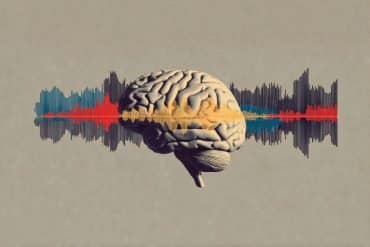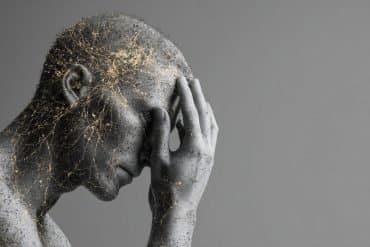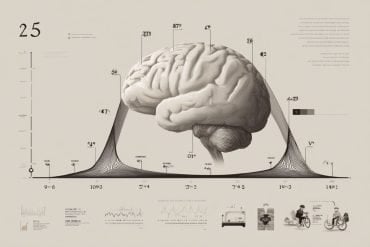Summary: A positive nod can go a long way to help boost your likability and approachability, researchers report.
Source: Hokkaido University.
The act of nodding positively affects the subjective likability of people by about 30 percent and their approachability by 40 percent, according to a study conducted by researchers from Hokkaido University and Yamagata University in Japan.
In many countries, nodding is a communicative signal that means approval, and head shaking is a gesture of denial. Hokkaido University Associate Professor Jun-ichiro Kawahara and Yamagata University Associate Professor Takayuki Osugi previously demonstrated that the bowing motion of computer-generated, three-dimensional figures enhanced their perceived attractiveness. In their latest research, the team conducted experiments to rate how simple nodding and head shaking affects perceived trait impressions.
Short video clips of computer-generated figures nodding, shaking their head or staying motionless were shown to 49 Japanese men and women aged 18 years or older, who then rated the figures’ attractiveness, likability and approachability on a scale of 0 to 100.
The researchers found the likability and the approachability of the nodding figures was about 30 percent higher and 40 percent higher respectively than that of figures shaking their heads or staying motionless. The results were similar for both the male and female observers. The head shaking motion did not influence the ratings for likability and approachability. “Our study also demonstrated that nodding primarily increased likability attributable to personality traits, rather than to physical appearance,” Kawahara explained.

The study provides a useful empirical contribution to this field as it is the first to show that merely observing another’s subtle head motions produced perceived positive attitudes. Their findings will likely be helpful in providing instructions about manners and hospitality as well as the evaluation of web-based avatars and humanoid robots. Kawahara emphasizes, however, “Generalizing these results requires a degree of caution because computer-generated female faces were used to manipulate head motions in our experiments. Further study involving male figures, real faces and observers from different cultural backgrounds, is needed to apply these findings to real-world situations
Funding: Funding provided by Ministry of Education, Culture, Sports, Science and Technology of Japan.
Source: Naoki Namba – Hokkaido University
Publisher: Organized by NeuroscienceNews.com.
Image Source: NeuroscienceNews.com image is credited to Kawahara J. and Osugi T., Perception, Sept. 24, 2017.
Original Research: Abstract for “Effects of Head Nodding and Shaking Motions on Perceptions of Likeability and Approachability” by Takayuki Osugi and Jun I. Kawahara in Perception. Published online September 24 2017 doi:10.1177/0301006617733209
[cbtabs][cbtab title=”MLA”]Hokkaido University “Nodding Raises Likability and Approachability.” NeuroscienceNews. NeuroscienceNews, 28 November 2017.
<https://neurosciencenews.com/nodding-likability-8042/>.[/cbtab][cbtab title=”APA”]Hokkaido University (2017, November 28). Nodding Raises Likability and Approachability. NeuroscienceNews. Retrieved November 28, 2017 from https://neurosciencenews.com/nodding-likability-8042/[/cbtab][cbtab title=”Chicago”]Hokkaido University “Nodding Raises Likability and Approachability.” https://neurosciencenews.com/nodding-likability-8042/ (accessed November 28, 2017).[/cbtab][/cbtabs]
Abstract
Effects of Head Nodding and Shaking Motions on Perceptions of Likeability and Approachability
It has been demonstrated that bowing motion of computer-generated female three-dimensional figures enhanced perceived attractiveness. Given that nodding and shaking head motions are used as communicative signals, such as signals of approval (and denial), these motions could be expected to modulate perceived trait impressions of model faces. We used movie clips of the nodding and shaking head motions of computer-generated figures and examined the modulation effects of these motions on perceived trait impressions (i.e., attractiveness, likability, and approachability). The results showed that the nodding head motion significantly increased ratings of subjective likability and approachability relative to those of the shaking or control conditions, whereas the shaking motion did not influence the ratings. Furthermore, it was shown that a nodding head motion of the computer-generated models primarily increased likability attributable to personality traits, rather than to physical appearance. We concluded that head nodding motion is treated as information regarding approach-related motivations and enhances perceived likeability.
“Effects of Head Nodding and Shaking Motions on Perceptions of Likeability and Approachability” by Takayuki Osugi and Jun I. Kawahara in Perception. Published online September 24 2017 doi:10.1177/0301006617733209






